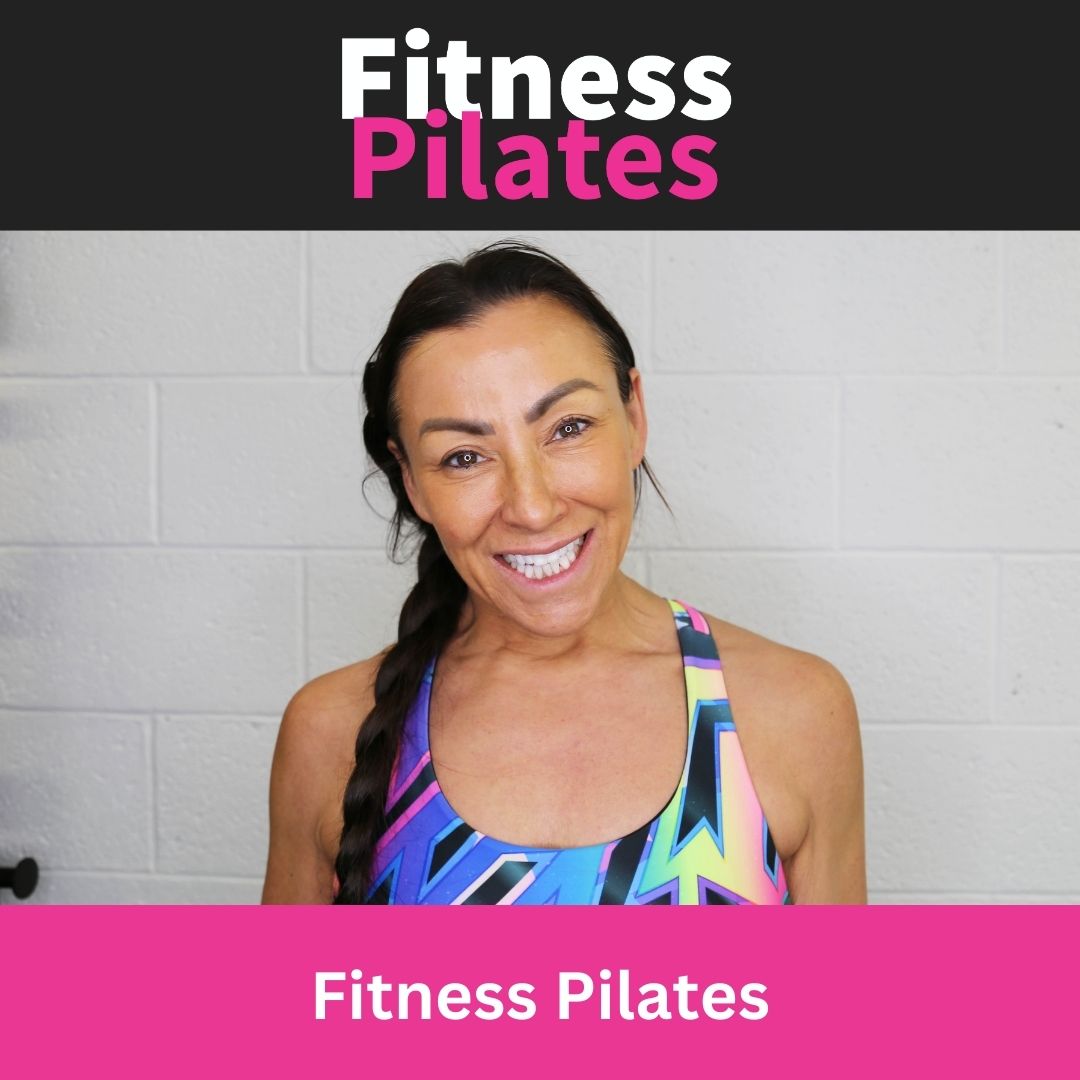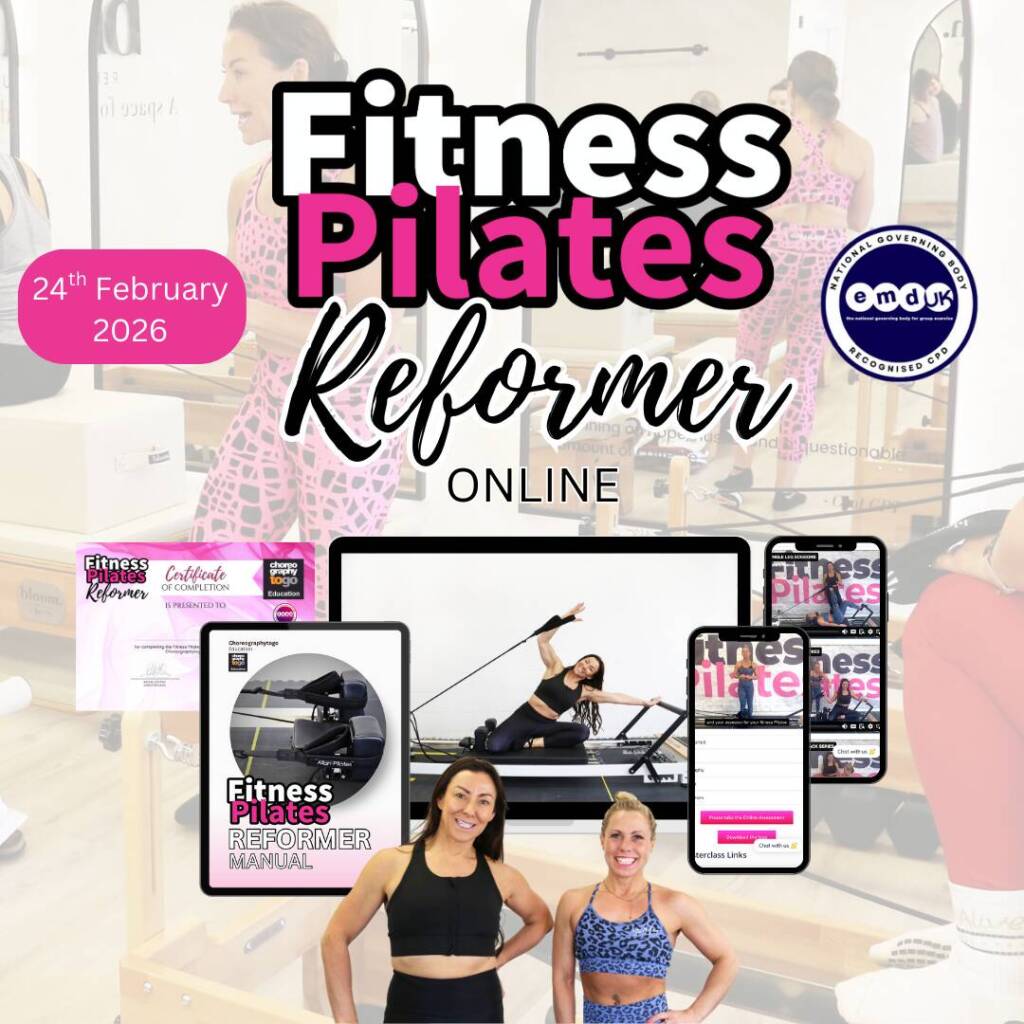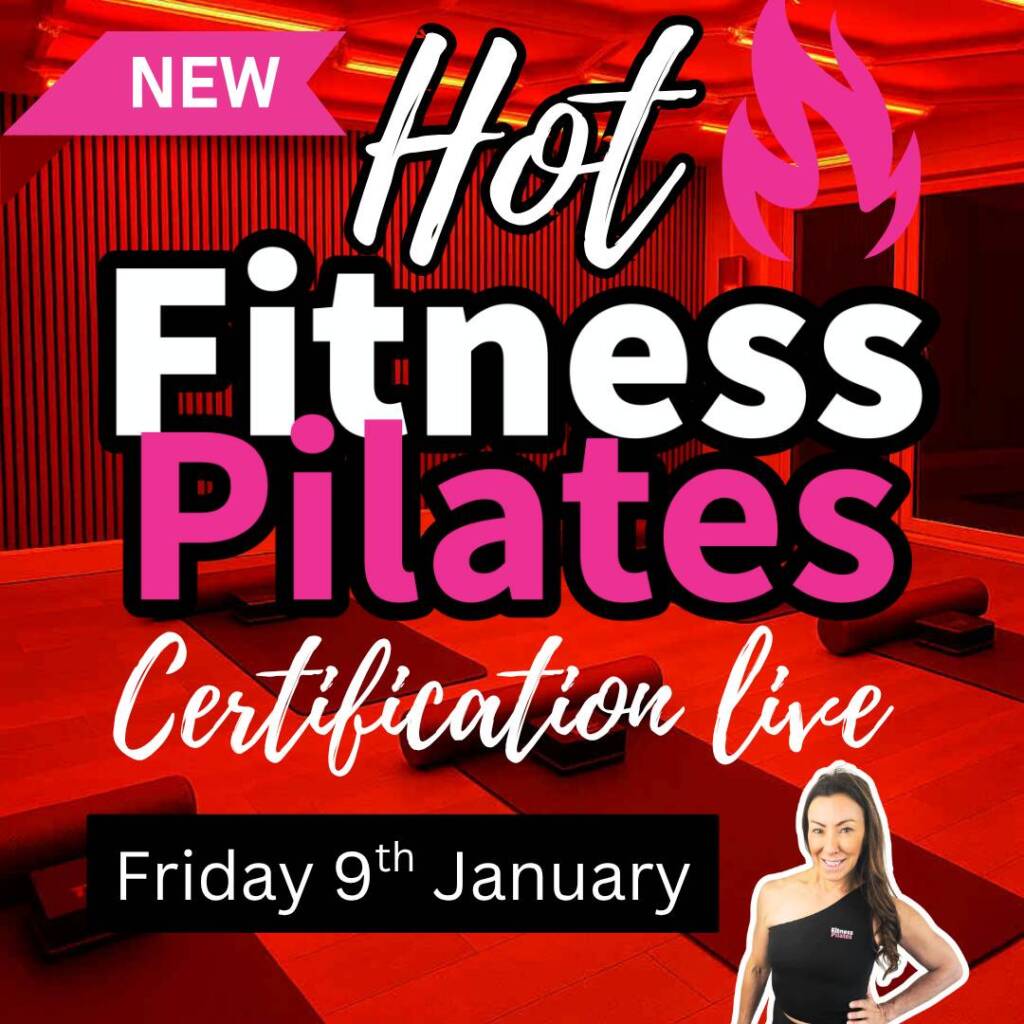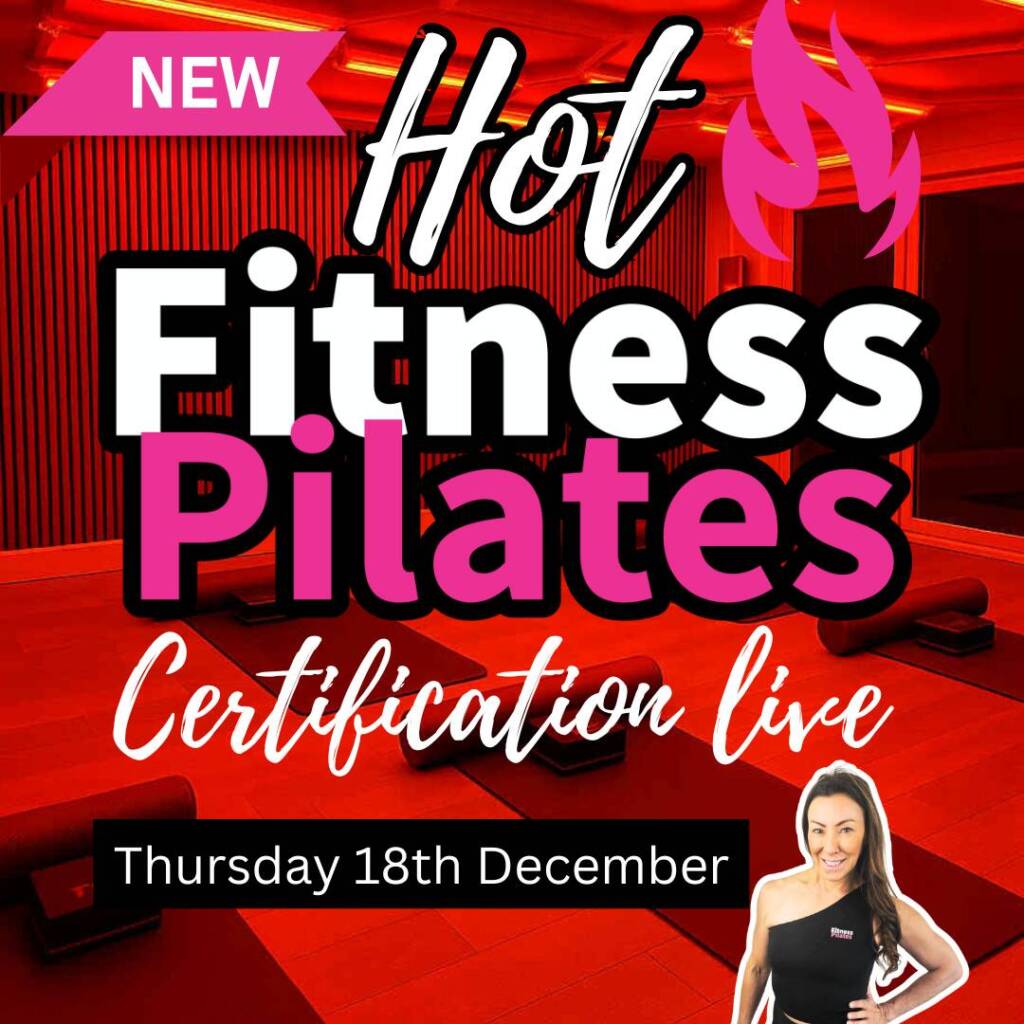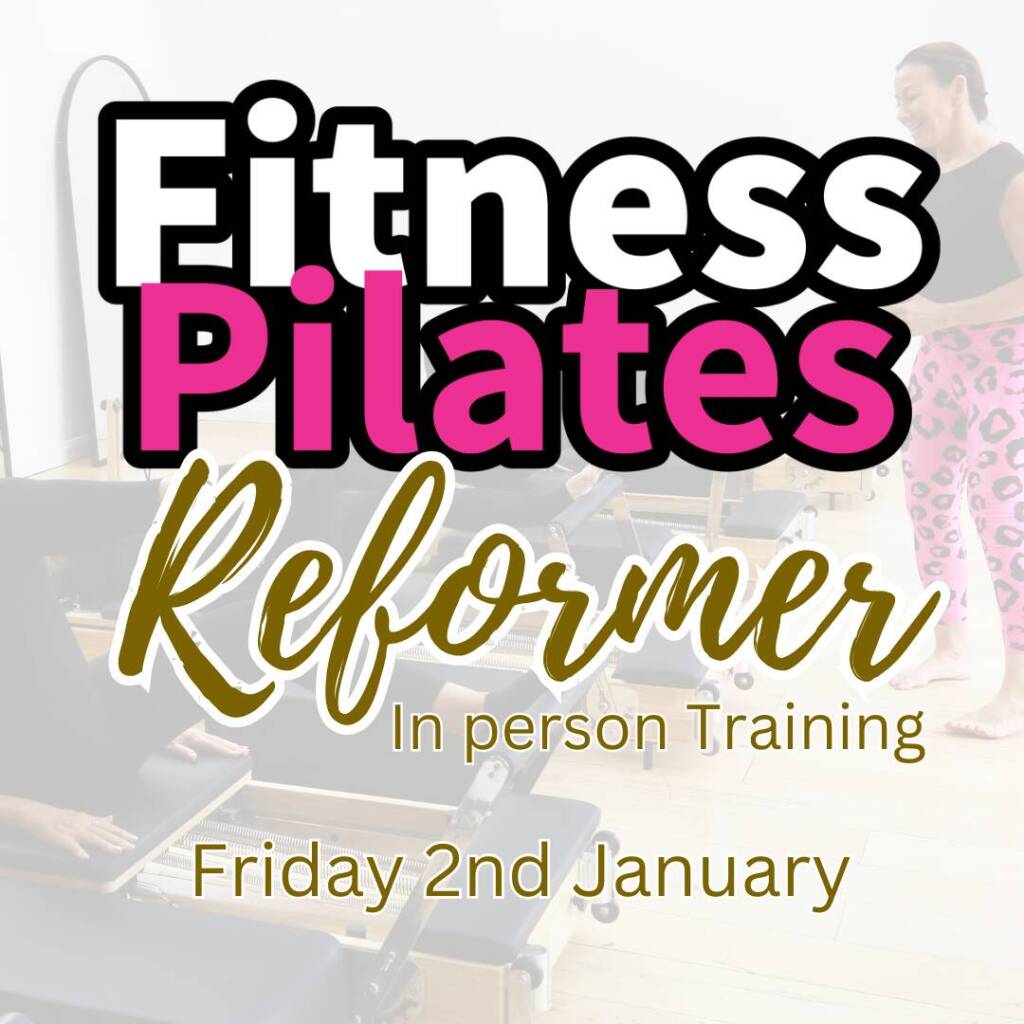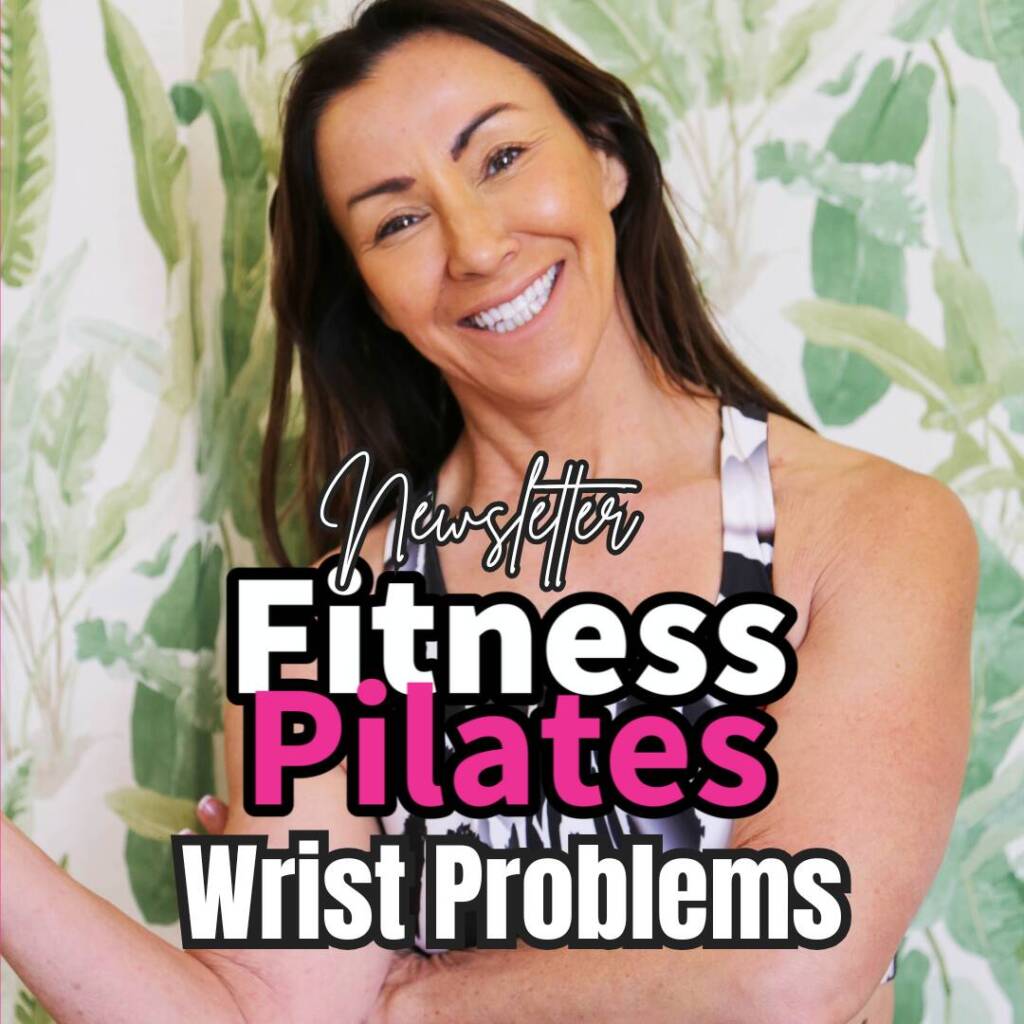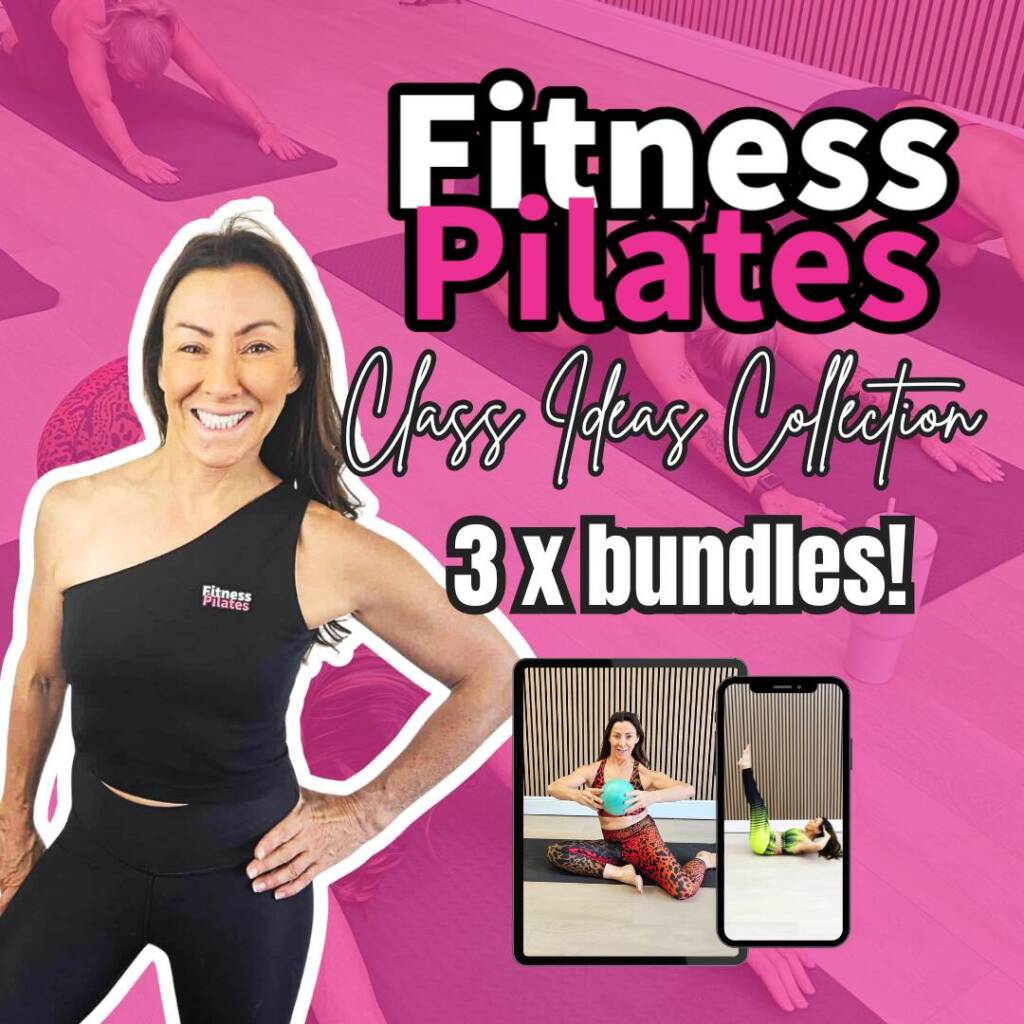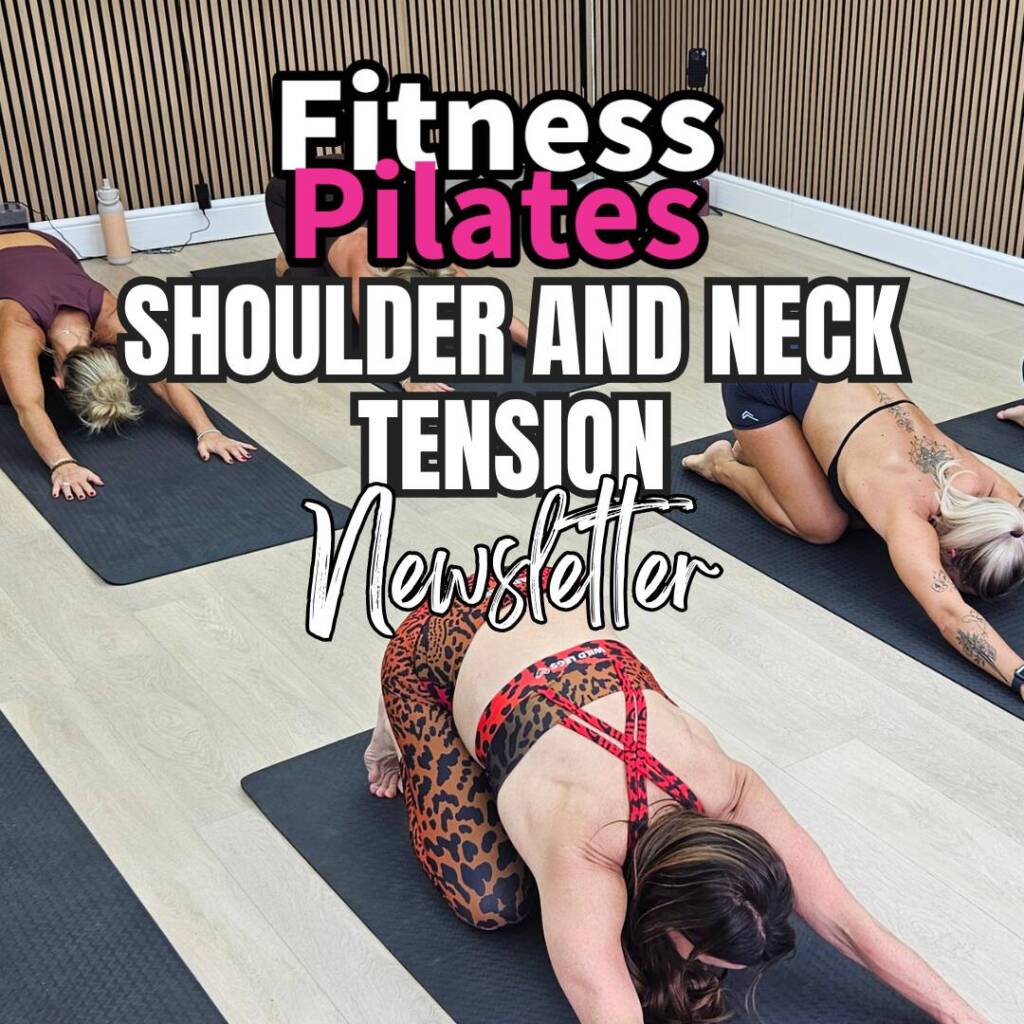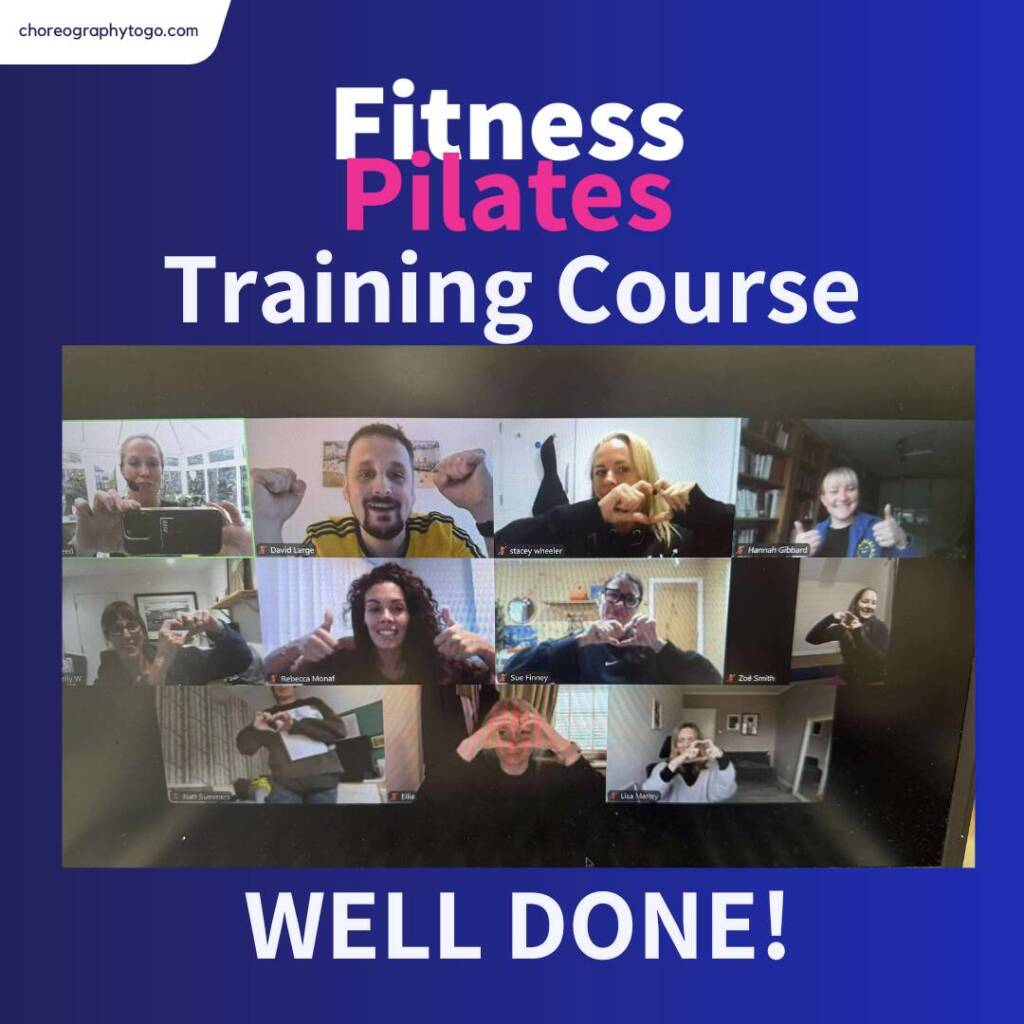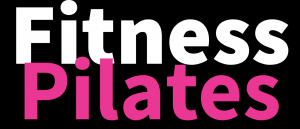
The Fitness Pilates Blog
Fitness Pilates Scoliosis
Fitness Pilates Newsletter 29th June 2025
It’s been a busy week here at Choreographytogo! We successfully launched the Level 3 Reformer Course live in Derby at the stunning BLOOM Studio, and we also hosted our monthly Fitness Pilates Reformer training online, welcoming learners from all over the world.
Interest in reformer training—and Pilates in general—continues to grow rapidly.
Our next Fitness Pilates Reformer training date is coming up in July, and the next Level 3 Pilates course will run on the 11th, 12th, and 13th July. I’ll link all the details below, including a special discount code for all my FP-trained instructors.
Continuing our focus on health conditions this week, I’m talking about scoliosis—how to spot it, what to consider as an instructor, and the best ways to support your clients in class.
Fitness Pilates & Scoliosis: Instructor’s Guide
What is Scoliosis?
Scoliosis is a three-dimensional spinal curvature (sideways S or C curve, with vertebral rotation). It can be structural (fixed) or functional (postural/adaptive). It affects children and adults, with varying severity. Many clients may be unaware they have mild scoliosis.
Why Pilates Helps
Pilates can help improve posture, muscle balance, core strength, and confidence. While it won’t “fix” the curvature, it can greatly improve comfort, function, and appearance—especially with tailored exercises.
Do’s for Scoliosis in Fitness Pilates
- Assess alignment: Start with a postural assessment (visual or self-report) to spot asymmetry in shoulders, hips, or ribs.
- Promote symmetry: Focus on exercises that lengthen and strengthen both sides, but pay special attention to the weaker, more affected side.
- Prioritise core strength: Use exercises that stabilise the trunk without overloading the spine.
- Encourage breathwork: Lateral and diaphragmatic breathing can help mobilise tight ribcage areas and support thoracic mobility.
- Use small props: Bands, balls, and Pilates rings can aid alignment and provide feedback.
- Progress gradually: Build up load, range, and intensity slowly—watch for fatigue or discomfort.
- Cue body awareness: Encourage participants to notice where they feel uneven or compensating.
- Refer out: If in doubt, encourage a physio or clinical Pilates review, especially for significant curves or pain.
Don’ts for Scoliosis in Fitness Pilates
- Don’t force symmetry: Avoid pushing the spine or limbs into a “perfect” alignment; work within comfortable ranges.
- Don’t overload with side flexion/rotation: Be careful with strong spinal twists or side bends, especially on the convex side of the curve.
- Don’t fatigue spinal muscles: Avoid excessive repetitions that may overload the back, especially if the client already experiences pain.
- Don’t skip warm-up or cool-down: Always include gentle mobility and breathwork.
- Don’t ignore pain or new symptoms: Stop any exercise causing sharp pain or neurological symptoms.
Recommended Pilates Exercises for Scoliosis
- Pelvic Tilts & Imprinting: Encourage gentle mobilisation and awareness.
- Spine Mobility (Cat-Cow, Standing Roll Downs): Promote gentle movement through the whole spine.
- Bridging (with focus on even hip lift/lower): Strengthens glutes and hamstrings, encourages spinal articulation.
- Side-Lying Work (Clams, Leg Lifts): Strengthen glutes and hips, balance muscular imbalances.
- Supine Arm/Leg Reaches (Dead Bug): Core stability without excessive spinal load.
- Breathwork: Seated or supine, focus on expanding into the ribcage, especially the concave side.
- Standing Balance & Alignment Drills: Single leg balance, wall angels.
Exercises to Avoid or Adapt for Scoliosis
- Strong Spinal Flexion or Rotation: e.g. traditional roll-ups, seated twists—especially if pain or large curvature is present.
- Loaded Side Bending: Large or weighted side bends can aggravate asymmetry.
- Double Leg Lifts (if lumbar instability): Can strain the lower back.
- High Impact or Fast Repetitions: Keep movements slow and controlled.
- Exercises That Cause Discomfort or Uneven Load: Always adapt or skip if they don’t feel right for the client.
Sample Pilates Sequence (Scoliosis-Friendly):
- Seated or supine lateral breathwork
- Cat-Cow for gentle spinal mobility
- Pelvic tilts or bridging (focus on slow articulation)
- Side-lying clams or leg lifts, both sides
- Supine dead bug or toe taps
- Standing wall angel or single leg balance
- Gentle cool-down and breathwork
Key Reminders for Instructors
- Scoliosis is unique for each client—always individualise where possible.
- Focus on comfort, confidence, and functional movement, not “perfect” symmetry.
- Encourage self-awareness and positive body image.
- Collaborate with healthcare professionals when needed.
Ill post this in the Fitness Pilates Facebook group so we can continue the discussion there.
Let me know your thoughts
Have a lovely week
Rachel x
See our upcoming teacher training:
Fitness Pilates Reformer – Online Training
Our next online training for qualified Fitness Pilates teachers is happening on
Wednesday 23rd July – perfect for expanding your skills and adding Reformer-based concepts to your repertoire.
Level 3 Pilates Matwork Diploma 11/12/13 July
July Aerobics & Meet up. After presenting a fun 90’s/2000’s Aerobics masterclass at FITPRO live this week I am holding a masterclass at Nottingham University for Group Fitness Teachers who would like to come together for a fun afternoon with a class and networking. I would LOVE to see you. it’s Saturday 12th July at 1pm
Fitness Pilates Training Course 1st August online click here
Fitness Pilates Training course Bahrain 4/5th July click here
Would you like to book Fitness Pilates & Fitness Pilates Reformer Together? Learn more here
Join the Fitpro Choreography Newsletter here
Join the Fitness Pilates newsletter here
Join my free women’s wellness newsletter here
Share this post:
Latest Fitness Pilates Courses & Classes

Infrared Fitness Pilates Hot & Reformer Masterclass in C2GO Studio For Fitpros January
£55.00


The latest Fitness Pilates blogs & news
Join the Fitness Pilates newsletter
A short description introducing your business and the services to visitors.
